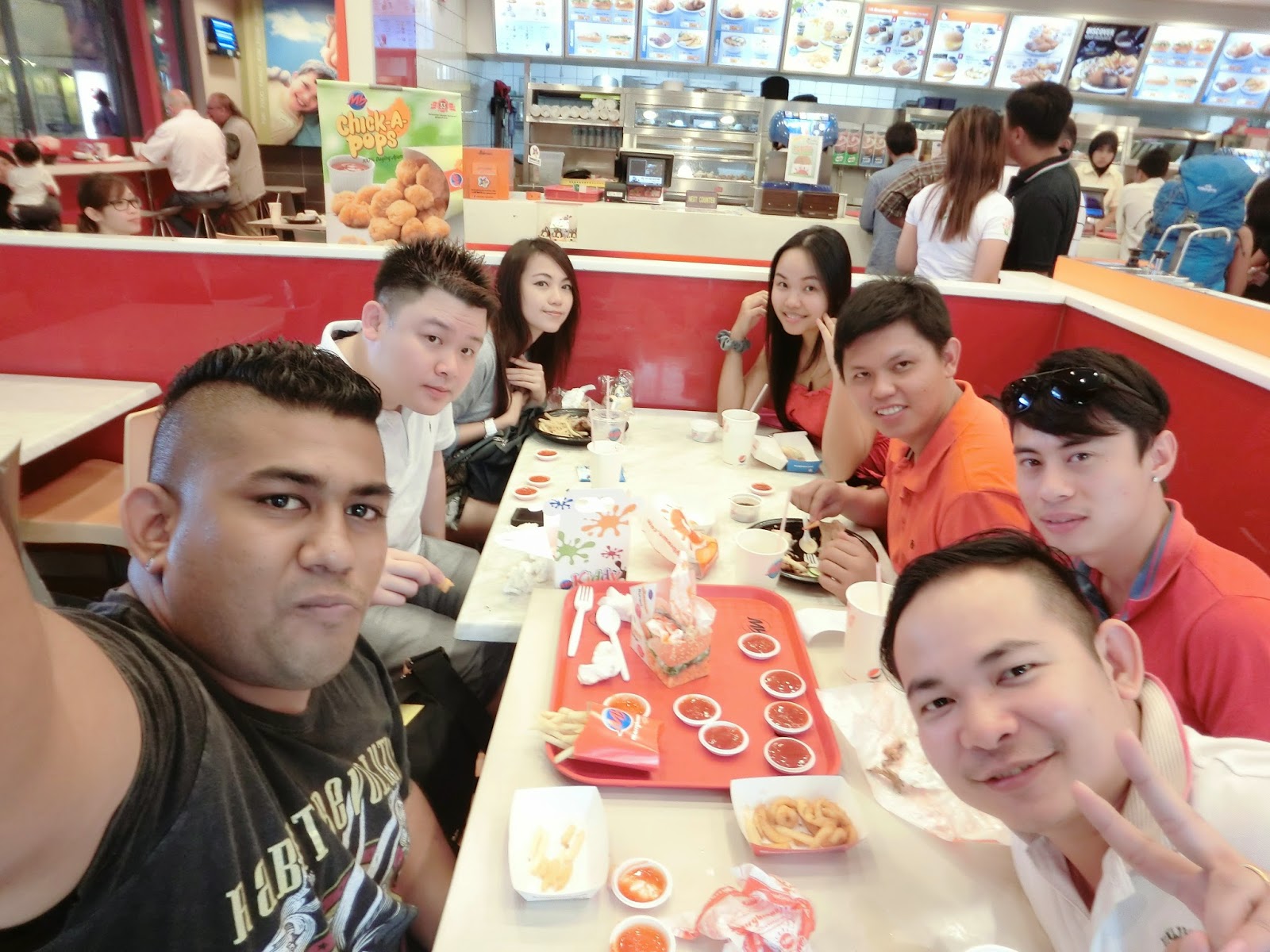Bayon Temple , Siem Reap
The Bayon is a well known and richly decorated Khmer temple at Angkor in Cambodia . Built in the late 12th or early 13th century as the official state temple of the Mahayana Buddhist King Jayavarman VII, the Bayon stands at the centre of Jayavarman's capital , Angkor Thom .
Following Jayavarman's death , it was modified and augmented by later Hindu and Theravada Buddhist kings in accordance with their own religious preferences . The Bayon's most distinctive feature is the multitude of serene and massive stone faces on the many towers which jut out from the upper terrace and cluster around its central peak .
The temple is known also for two impressive sets of bas-reliefs, which present an unusual combination of mythological, historical, and mundane scenes .
The Bayon was the last state temple to be built at Angkor, and the only Angkorian state temple to be built primarily as a Mahayana Buddhist shrine dedicated to the Buddha, though a great number of minor and local deities were also encompassed as representatives of the various districts and cities of the realm. It was the centrepiece of Jayavarman VII's massive program of monumental construction and public works .
The similarity of the 216 gigantic faces on the temple's towers to other statues of the king has led many scholars to the conclusion that the faces are representations of Jayavarman VII himself. Others have said that the faces belong to the bodhisattva of compassion called Avalokitesvara or Lokesvara .
The temple is oriented towards the east, and so its buildings are set back to the west inside enclosures elongated along the east-west axis. Because the temple sits at the exact centre of Angkor Thom, roads lead to it directly from the gates at each of the city's cardinal points. The temple itself has no wall or moats, these being replaced by those of the city itself .
In the southern part of the eastern gallery a marching Khmer army including some Chinese soldiers with musicians , horsemen , and officers mounted on elephants , followed by wagons of provisions . The inner gallery is nearly filled by the upper terrace, raised one level higher again .
The lack of space between the inner gallery and the upper terrace has led scholars to conclude that the upper terrace did not figure in the original plan for the temple, but that it was added shortly thereafter following a change in design. Originally, it is believed, the Bayon had been designed as a single level structure .
The upper terrace is home to the famous "face towers" of the Bayon, each of which supports four gigantic smiling faces. In addition to the mass of the central tower, smaller towers are located along the inner gallery , and on chapels on the upper terrace .

















.JPG)



Comments
Post a Comment